Why do violet leaves turn yellow?

Saintpaulia, also known as Usambara violet, is a very common houseplant. Many of its varieties and hybrids have been developed with large gramophone flowers of varying degrees of terry and waviness of the edges. These are quite unpretentious plants that, with proper care, bloom throughout the spring and summer season.
Content:
Let's analyze the causes of yellowing.
Leaf age
Beginning gardeners often ask why violet leaves turn yellow? This can happen for various reasons. Firstly, these may be old, dead leaves, their yellowing is a natural process, just remove them.
Lighting and watering
Another reason could be sunburn, overheating or drying out. In this case, you need to increase watering and shade the plant. If it gets too dry, the pot can be placed in warm water for an hour, and then the plant is placed in a shaded place. Sunscreen films for windows are very convenient; they allow the sun to illuminate the plant sufficiently and prevent it from burning. Also try placing violets with light leaves on a north or east window, and those with dark leaves on a west or south window, covered with sun-protective film.
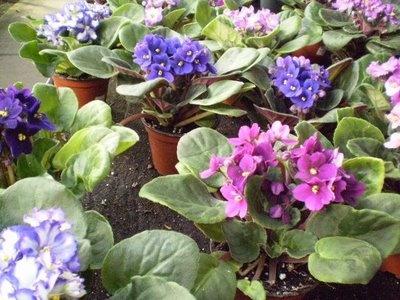
Watering carried out as the substrate dries, avoiding either drying out or excessive flooding. Waterlogged soil turns sour, aeration sharply decreases, as a result of which the roots rot, the leaves turn yellow and lose turgor. It is better to clean the roots and replant the Saintpaulia.
The soil
Often the answer to the question of why violet leaves turn yellow lies in the composition of the substrate.
Try in the spring, before flowering, change the substrate to a new one, specifically designed for Saintpaulias.
The well-being of Saintpaulia is greatly influenced by the acidity of the soil. The easiest way to measure pH is to water the pot with distilled water and wet the indicator paper in the water that seeps into the pan. A change in color indicates the acidity of the substrate (pink - acidic reaction, blue - alkali). This is, of course, an approximate method, but a fast one.
If you do not use store-bought mixtures, take note that soil from under linden and birch trees is suitable for Saintpaulias. They also benefit from watering with tinctures alder catkins and sleeping tea. They immediately develop brightly colored flowers. Coniferous and leaf soil, as well as iron supplements, increase the acidity of the substrate, and ash or chalk alkalize it. By periodically measuring acidity, you can successfully regulate it to the required standards. The norm for Saintpaulia is 5.5-6.8.
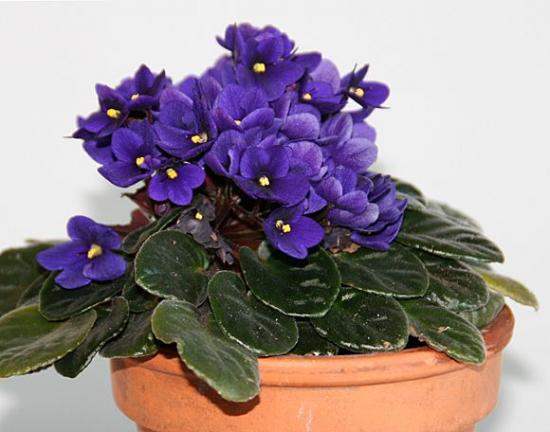
At home, we recommend measuring acidity as follows: pour five teaspoons of the substrate with half a glass of a one percent solution of potassium chloride, mix and leave for a day. The next day, we wet the indicator paper and use the scale on the pack to determine the acidity of the soil.
Feeding
For the formation of a plant, the presence of a sufficient amount of nitrogen in the soil is very important, while phosphorus is needed for good flowering. Many novice flower growers are actively feeding the violet phosphorus fertilizers, forgetting about nitrogen ones. Fertilizer "Emerald" is specially developed for Saintpaulias, including protecting their leaves from yellowing. Try using it.
A little about the regularity of feeding.
In December-February, a one-time feeding is needed; in April, May, September, October - 3 times; in June, July, August - 4 times a month.
Fertilizers alternate between organic (mullein, bird droppings) and mineral fertilizers. Organic ones are prepared a week before feeding. Dry cow dung (100 g) is poured with a liter of water. After a few days, the infusion is filtered and diluted in three liters of water. The remaining grounds can be diluted with water twice more, increasing the fermentation period.
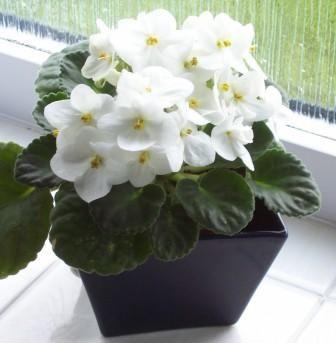
Bird droppings (also dry) is diluted with water (20 g per 3 l) and, after infusing for several days, is immediately used for fertilizing. First, Saintpaulia is watered with plain water.
Pests and diseases
Often Saintpaulias wither and their leaves die off if fungi, bacteria or pests appear.
If, after the leaves turn yellow, the base of the stem becomes brownish and they soften, this indicates excess moisture and low temperature. To eliminate the disease, it is necessary to adjust the plant maintenance regime and replace the soil.
The appearance of light yellow spots on plants may indicate the presence of greenhouse thrips. These are sucking pests with a narrow body 1-1.5 mm long. The color is brown, the larvae are yellowish. Spraying with tobacco infusion and dusting with pyrethrum are effective against thrips.
If white jumping little things appear in the pots, these are podura, or springtails. Their appearance signals signs of root rotting. They are not dangerous in small quantities, as they eat rotting remains. But a large amount can lead to healthy roots being eaten. They get rid of fools by sprinkling the soil with pyrethrum, shag or crushed citrus peels.
So, we looked at the main reasons for the yellowing of leaves in violets, and gave some tips for caring for them. Now watch your beauties, adjust their growing conditions if necessary, and they will thank you.

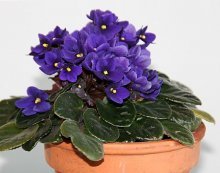
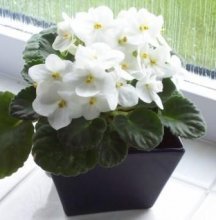
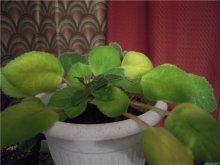

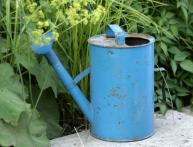
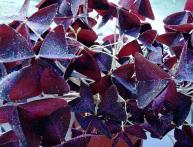

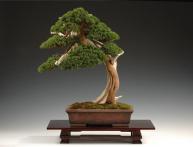
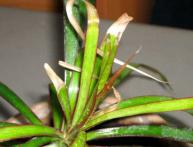
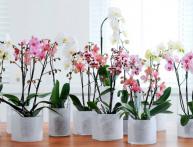
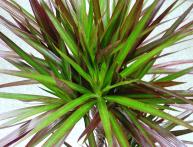
Comments
Thanks for the helpful tips! Probably my problem is that I need to buy a special substrate for violets.
The tips are very good, especially for me, since recently these jumping bugs started up in my violets and I just didn’t know what to do. And here, it turns out, there is such a simple way out - stick the peel
Violets are very delicate flowers and the slightest improper care for them immediately affects the condition of the leaves. Now I understand that you can’t water your violets too much, but I constantly water mine, and I also wonder why they turn yellow?!
It seems to me that beginners who love indoor plants often make a mistake when it comes to watering: they water them too often and too much. At first I was too zealous and lost a couple of violets. Now I water it carefully, twice a week, and shade it from direct sunlight. And it is also very important that the air humidity is high enough, then the violets feel great.
I also had a problem with yellow violet leaves. It is correctly written in the article - it is better to shade the flower, and it is better not to place it on the sunny side at all, then the leaves are much greener and juicier!